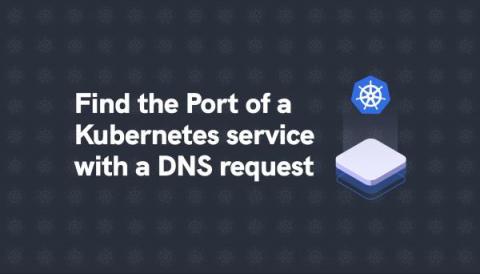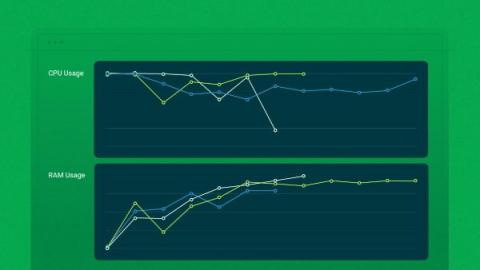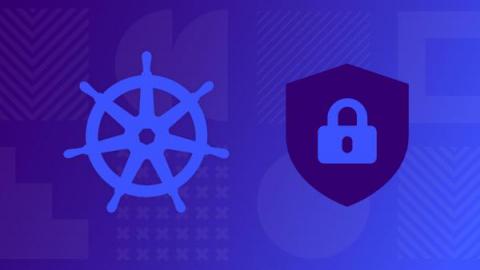Operations | Monitoring | ITSM | DevOps | Cloud
Latest News
Kubernetes Tips: How to find the Port of a Service with a DNS request
AWS' Newest Official Partner: Speedscale
Speedscale is excited to join the AWS Partner Network (APN), the global community of partners who leverage Amazon Web Services (AWS) to build solutions and services for customers. AWS Partners are uniquely positioned to help businesses take full advantage of all that AWS has to offer and accelerate the journey to the cloud. As part of this achievement, Speedscale has completed the AWS Foundational Technical Review (FTR).
Difference Between Public, Private, and Hybrid Cloud
Optimize your resource classes with the CircleCI resources dashboard
CircleCI cloud offers over 20 resource classes (varying CPU and RAM) across multiple execution environments. Finding the best resource class size for your job — not too big and not too small — can sometimes be a challenge. But now, you can view CPU and RAM usage for Docker executors within the UI. The new dashboard, found in the new Resources tab on the job details page, displays the CPU and RAM, for all parallel runs in your Docker job.
Let's talk engineering; building software by building community
For the past three years, I have been running and facilitating a community where folks from all levels and departments at CircleCI can come together to discuss diverse topics. We call it “Let’s Talk Engineering.” Some of the topics we’ve covered have been technical in nature, while others have focused more on leadership: how different teams operate, personal growth, and writing to name a few. Let’s Talk Engineering celebrates interdisciplinarity and multidisciplinarity.
How To Calculate Margin Analysis For SaaS (And Increase Profitability)
Security-Rich: How the D2iQ Kubernetes Platform Meets NSA/CISA Kubernetes Security Hardening Guidelines
Cybersecurity continues to be a thorny problem for businesses and government agencies as breaches, disruptions, and data thefts continue to escalate. To help ensure that the growing number of government and private organizations implementing Kubernetes solutions have the highest possible levels of security, the National Security Agency (NSA) and Cybersecurity and Infrastructure Security Agency (CISA) have issued guidelines for hardening the security of Kubernetes implementations.
Open source cloud platform: meet OpenStack
Are you looking for an open source cloud platform and you don’t know where to start? Are you getting lost in all the independent rankings and cloud platform comparison pages? Try OpenStack and get your open source cloud platform up and running today. OpenStack works at any scale: from a single workstation to thousands of nodes and installs in minutes. Sounds impossible? Give it a try or continue reading to explore where is it coming from.
Linux Server Management in 2022
Linux server management is an integration of cybersecurity and business objectives. Linux server management at scale is a vastly different activity from interacting with a terminal on one machine. The best Linux server management tools universally offer a server management GUI within a web browser. Implementation details matter, especially in a pay-for-compute world. Sysadmin tools that don’t have a lightweight footprint increase overall compute costs.










